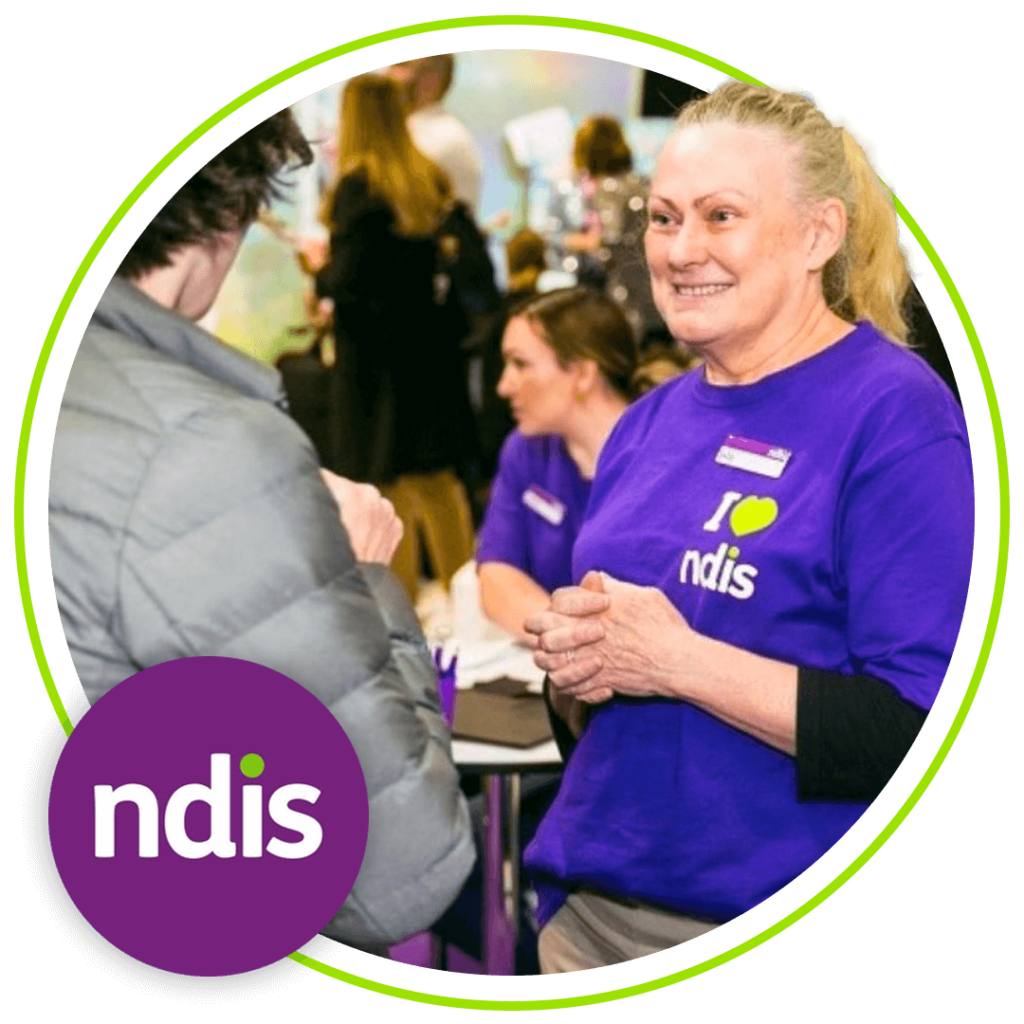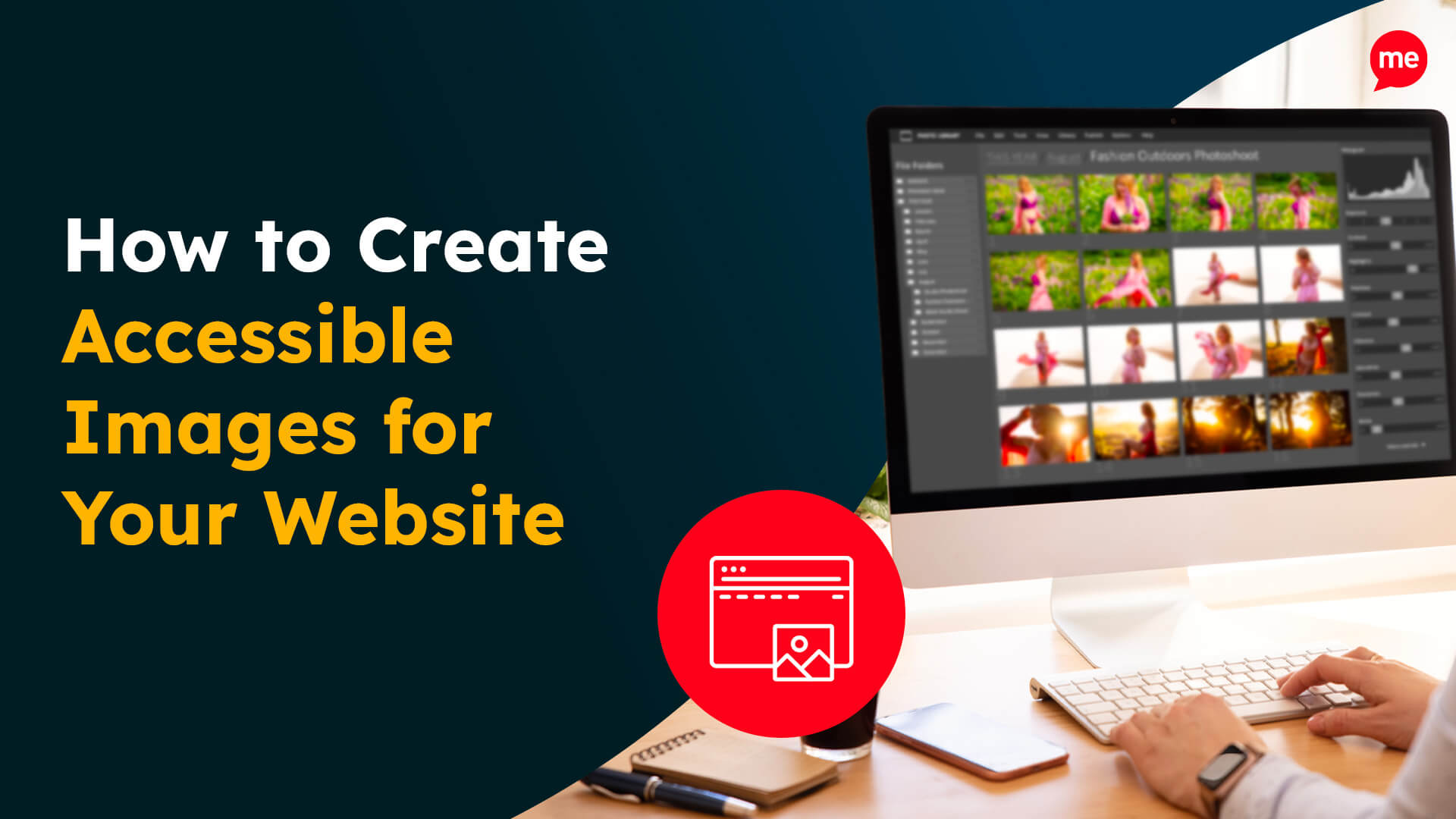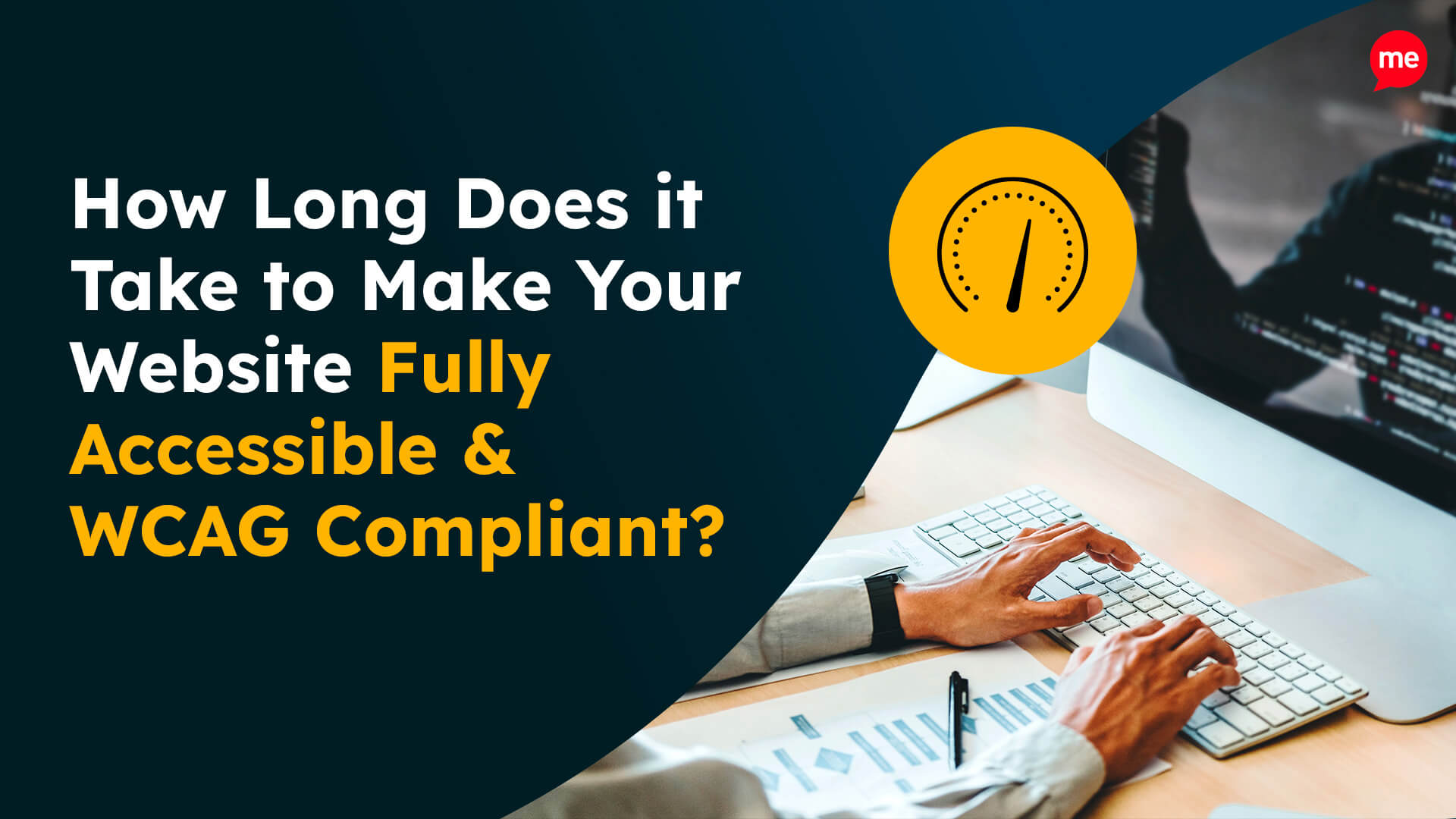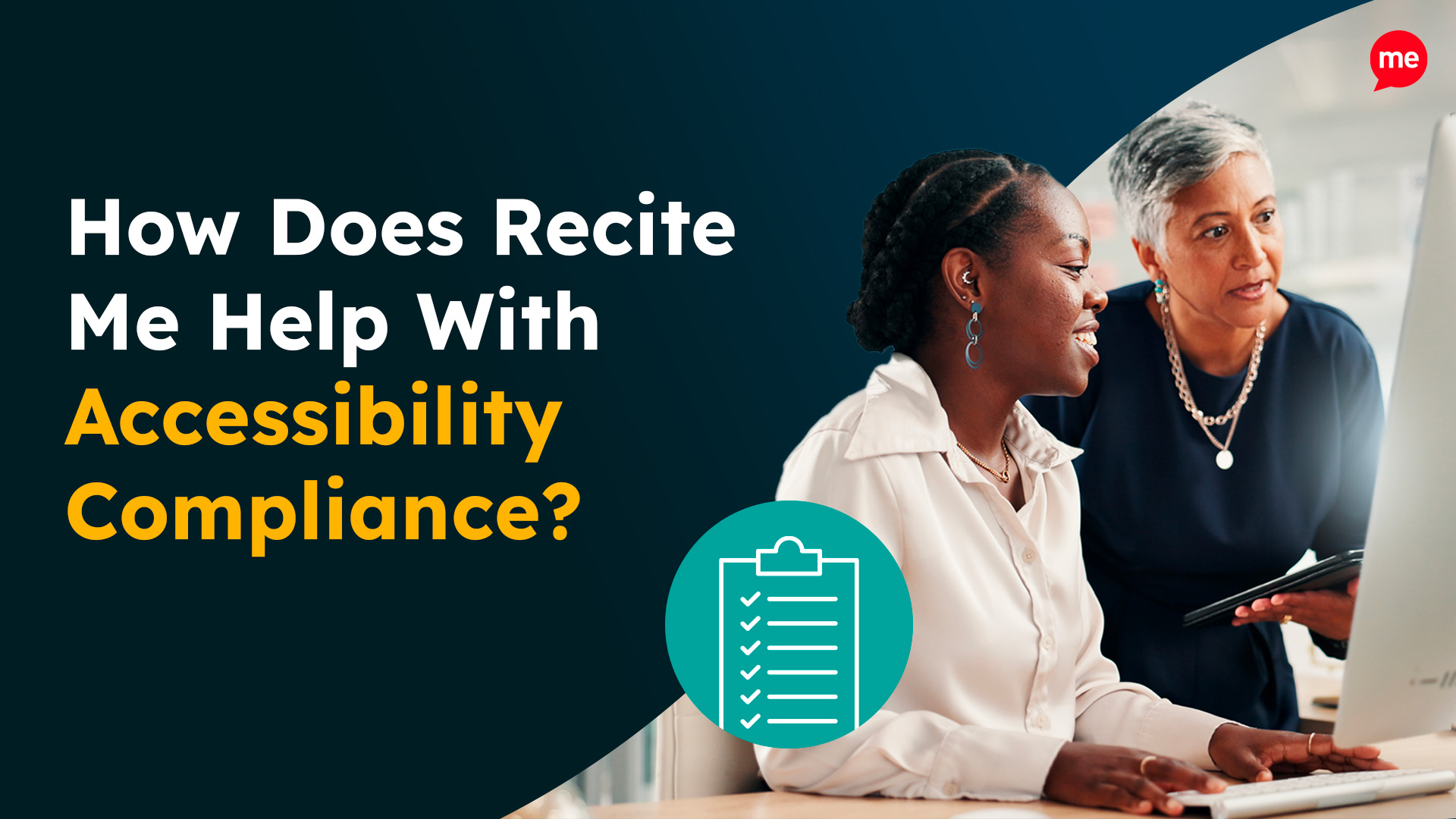Over the last 18 months, it has been brilliant to see the push for accessibility, both digital and physical, across Australia. We’ve seen the inauguration of the digital ID rolling out in certain states and government schemes such as the ‘Year of Accessible Tourism in Queensland’, enabling more organisations to make their venues inclusive for everyone.
One scheme that has also been integral to Australia’s push for inclusion is the National Disability Insurance Scheme (NDIS). What was once a grassroots campaign is now a nationwide disability reform, helping hundreds of thousands of disabled individuals achieve their life goals through expert guidance and support.
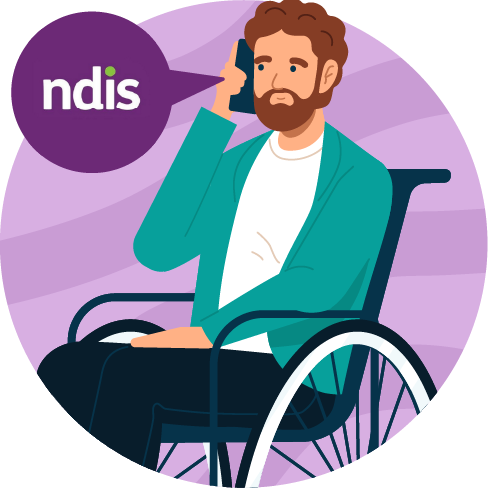
What is the NDIS?
The National Disability Insurance Scheme (or NDIS for short) is a piece of legislation that is fully funded by the State of Australia and all territorial governments. Open to all people with disabilities, regardless of age or background, the NDIS is designed to fully support the individual who applies, meaning you will get access to 1-on-1 support and a tailored plan that maps out the best ways to achieve your goals.
They adopt a lifetime approach, making early investments in children with developmental delays and people with disabilities to enhance their outcomes in later life.
What is assistive technology?
One important investment that needs to be made for people with disabilities is assistive technology. It can be defined as products that help maintain or improve an individual’s functioning in areas such as cognition, communication, hearing, mobility, self-care, and vision, thereby promoting health, well-being, and inclusion.
These products can come in various forms and can be split into 3 categories:

Low Cost
In this category, it is focused on utensils that aid a user in completing everyday tasks that are under the $1,500 mark. Examples of these include gripping aids, voice recognition software, text-to-speech software and screen magnifiers.
Mid Cost
The price range for this is anything between $1,500 to upwards of $15,000. The difference between the latter is most mid-cost assistive technology is a lot more advanced as well as being electronic or battery-powered. An example of this is an electronic wheelchair, prosthetic limbs or hearing aids.
High Cost
Finally, we have high-cost assistive technology, referring to advanced electronic and computer-based tools specifically designed to enhance the independence, accessibility, and quality of life for individuals with disabilities. Starting at $15,000 and above, we are talking about the likes of custom-built accessible homes, assistive learning software or even a wheelchair-accessible home.
Examples of NDIS Assistive Technology
There is not too little nor too much of a cost when it comes to the NDIS funding assistive technology for the individuals that they work with. In fact, they will pay for the necessary tech for you to succeed based on the goals you have provided them!
Hoist and Transfer Systems
More than 180,000 Australians use wheelchairs with 25,000 of those being electric or motor powered. A hoist is brilliant for those wanting to move between positions and massively reduces the physical strain of doing so. This apparatus can improve a user’s daily life tenfold.

Braille Displays
Braille is a form of written language for people with visual impairments, letters and characters are represented by bumps or raised dots that you can feel with your hands. So a braille display acts as a translation device that converts text on a computer screen to this language. The benefits of this are huge, it can enable easier online navigation and allow users to write and edit documents which can further improve chances of education and employment opportunities.
Ramps & Hand Rails
Ramps and handrails have almost become the status quo in most public and community buildings but these are still a significant addition to a lot of family homes. A ramp provides a steady, smooth incline for wheelchair users to navigate elevations with ease whilst handrails can assist with balance and can reduce nasty falls.
Accessible Gaming Devices
A Recite Me exclusive blog, ‘Invading the Space of Video Game Accessibility’, delved into accessible gaming devices but as a reminder, products like ‘Project Leonardo’ by Playstation or the Xbox adaptive controller allow those who struggle with cognitive functions to play video games.
Proven studies have shown that playing video games can positively impact mental health, physical health and cognitive skills.
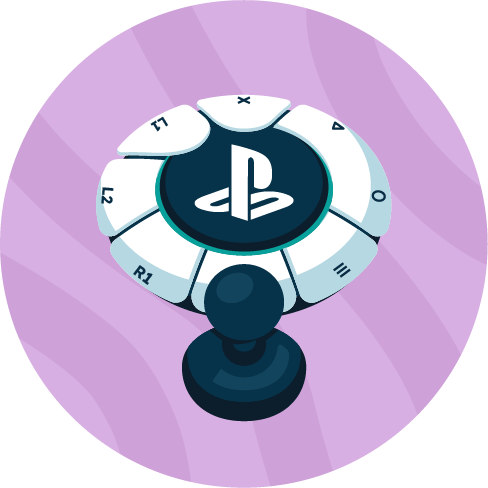
Assistive Software
Finally, we have assistive software! Assistive technology such as the Recite Me toolbar, are pieces of software which can be integrated into a website and knock down online barriers for users with learning difficulties, visual impairments, cognitive disabilities or those who speak languages other than English.
It can help by giving the user ways to customise a webpage in a way that suits them best. Allowing them to navigate freely and access information which otherwise wouldn’t be available.
NDIS Eligibility Criteria
Does the National Disability Insurance Scheme sound like a great initiative to you? If Yes, then great! However, you will need to check with the below checklist and see if you qualify for the support they provide…
Are you between the ages of 9 to 65?
Are you an Australian citizen, permanent resident, or Protected Special Category Visa holder?
Do you live in Australia?
Do you have a disability caused by a permanent impairment?
If all answers are yes, then simply visit the ndis.gov.au website to find out how to apply. If you are already a provider, however, continue on to discover how you can provide a barrier-free service for all participants, regardless of their background.
Recite Me Toolbar
We know as an NDIS Provider, a top priority of yours is to help deliver and support services which will be integral for participants to pursue their goals. So purchasing a toolbar which can make this easier seems like a no-brainer, right?
The Recite Me toolbar can be used for a variety of different functions, mainly allowing the user to customise the website to suit their needs and preferences. Some of the Toolbar’s main features include:
- Personalise font size, colour and type
- Screen Mask & Ruler tools for reading
- Download written content as an audio file
- Screen Reader
- Translation to over 100 languages
- Customising PDF documents
Join fantastic organisations such as OC Connections, Anglicare NSW and Brightwater, (who are already NDIS providers), utilising our software to support their participants and receive 1on1 support yourself from the team as well as bi-monthly reports to see just how many online users are benefiting from the addition of Recite Me software.
Click here to book a demonstration and talk to an accessibility expert today!

Start your Accessibility Journey with Recite Me
Act today to ensure accessibility compliance and mitigate legal risk. Get started on your website accessibility strategy by working through the following action points:
- Contact our team for more advice about WCAG standards and Accessibility best practices.
- Find out more about the Recite Me Web Accessibility Scanner.
- Schedule a free demonstration to learn how our technology can help you.
- Run a free scan of your website for WCAG 2.1 AA compliance.
